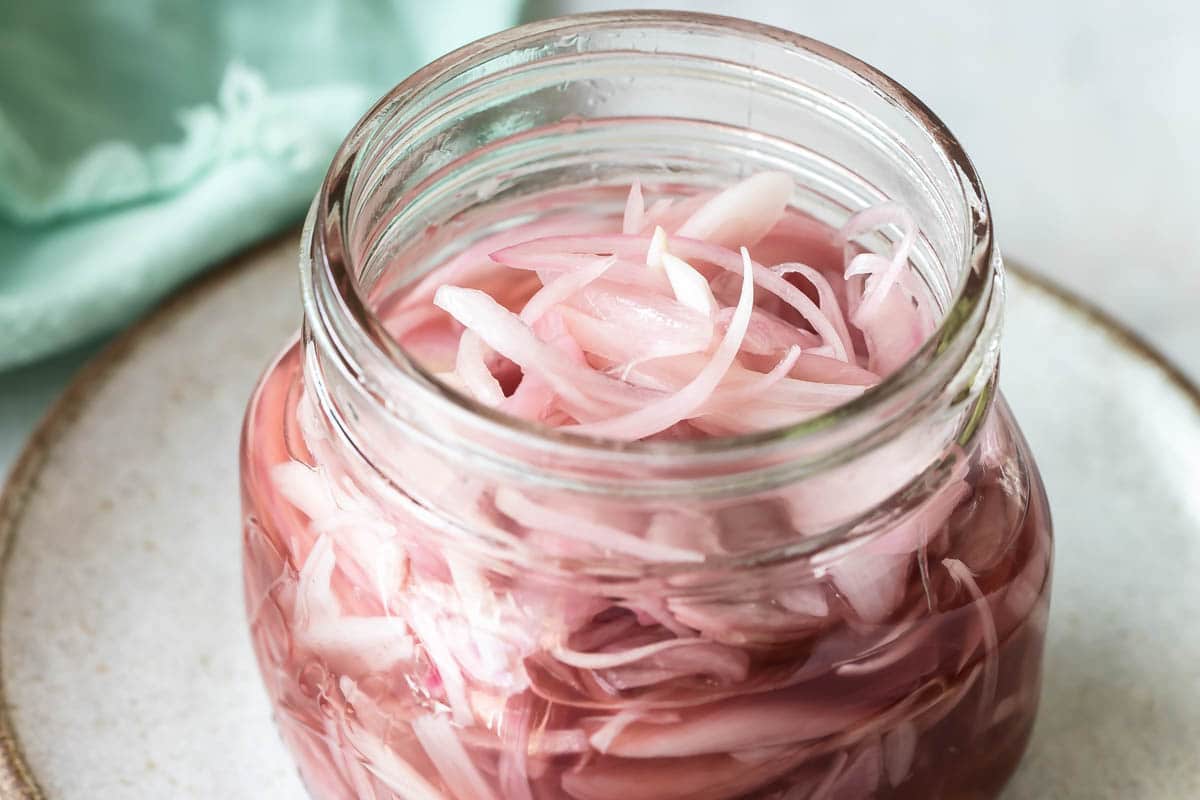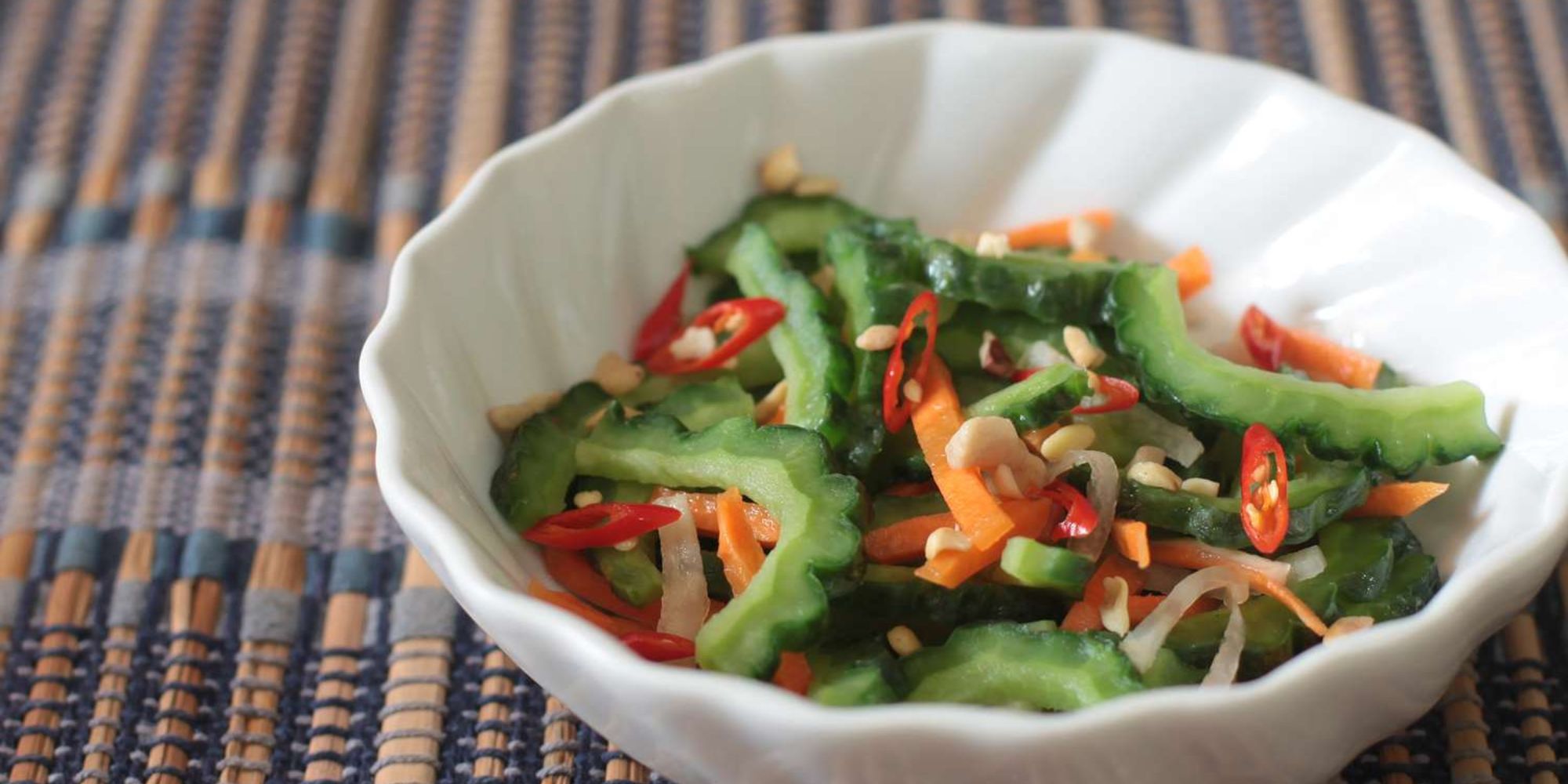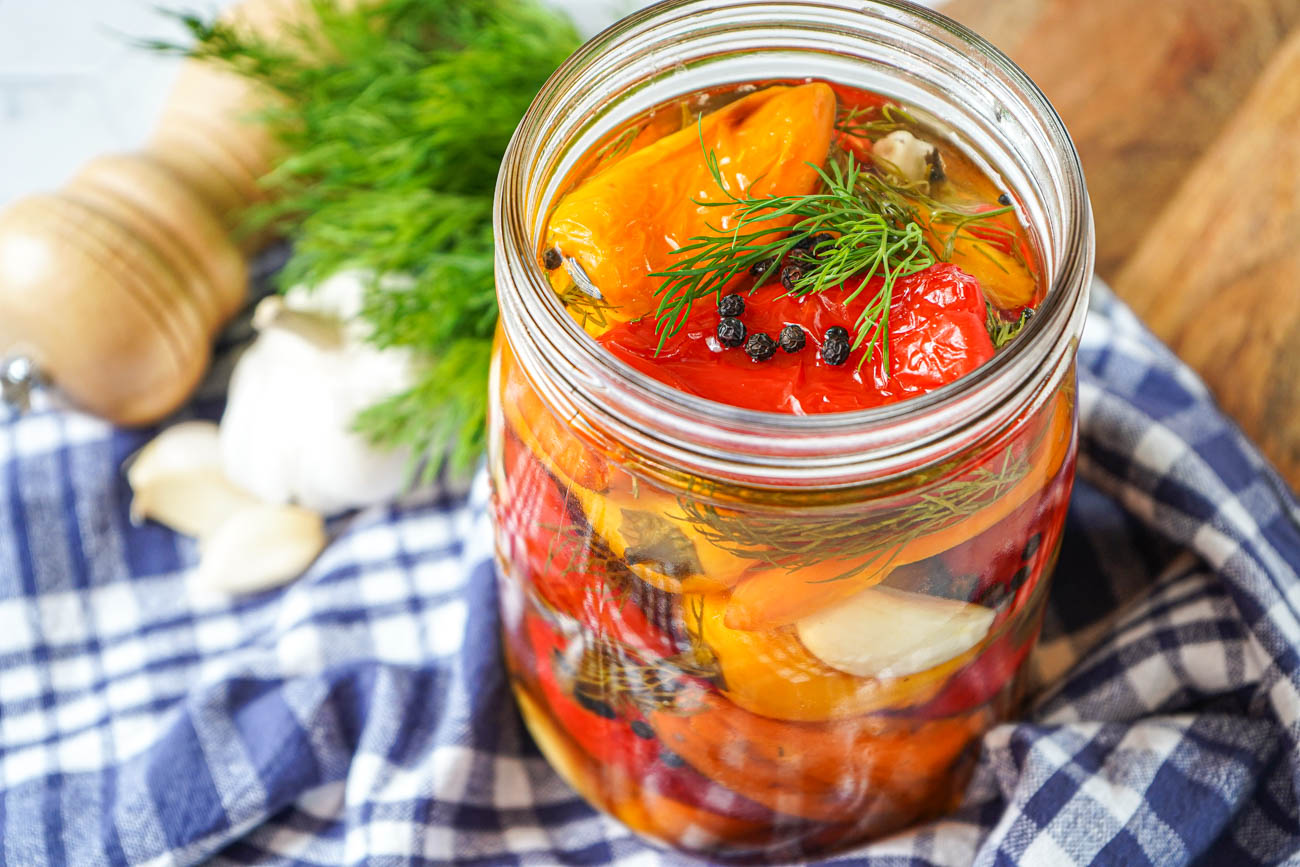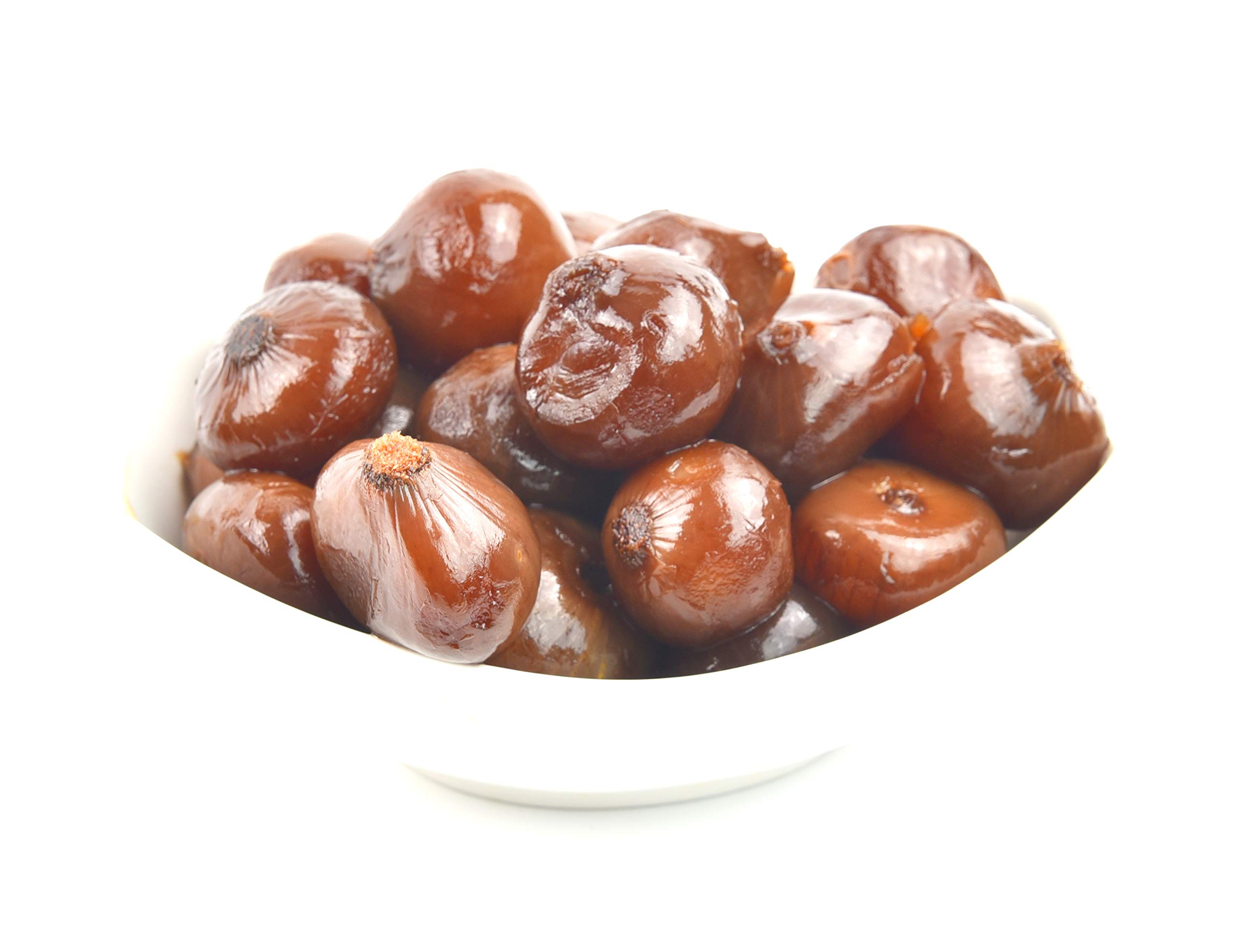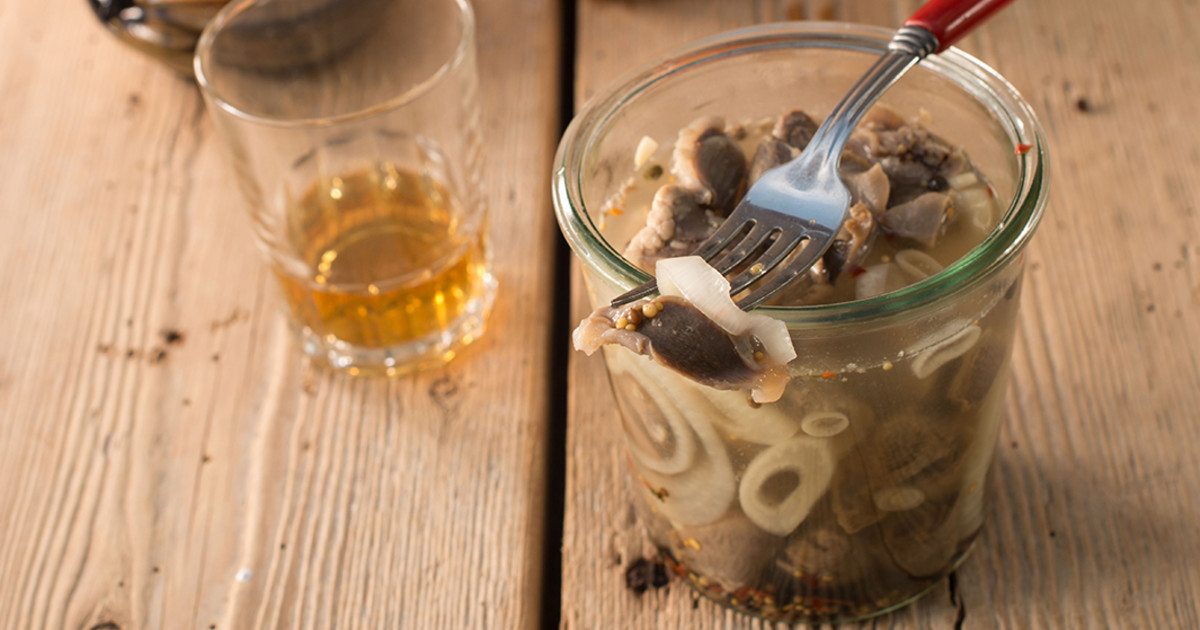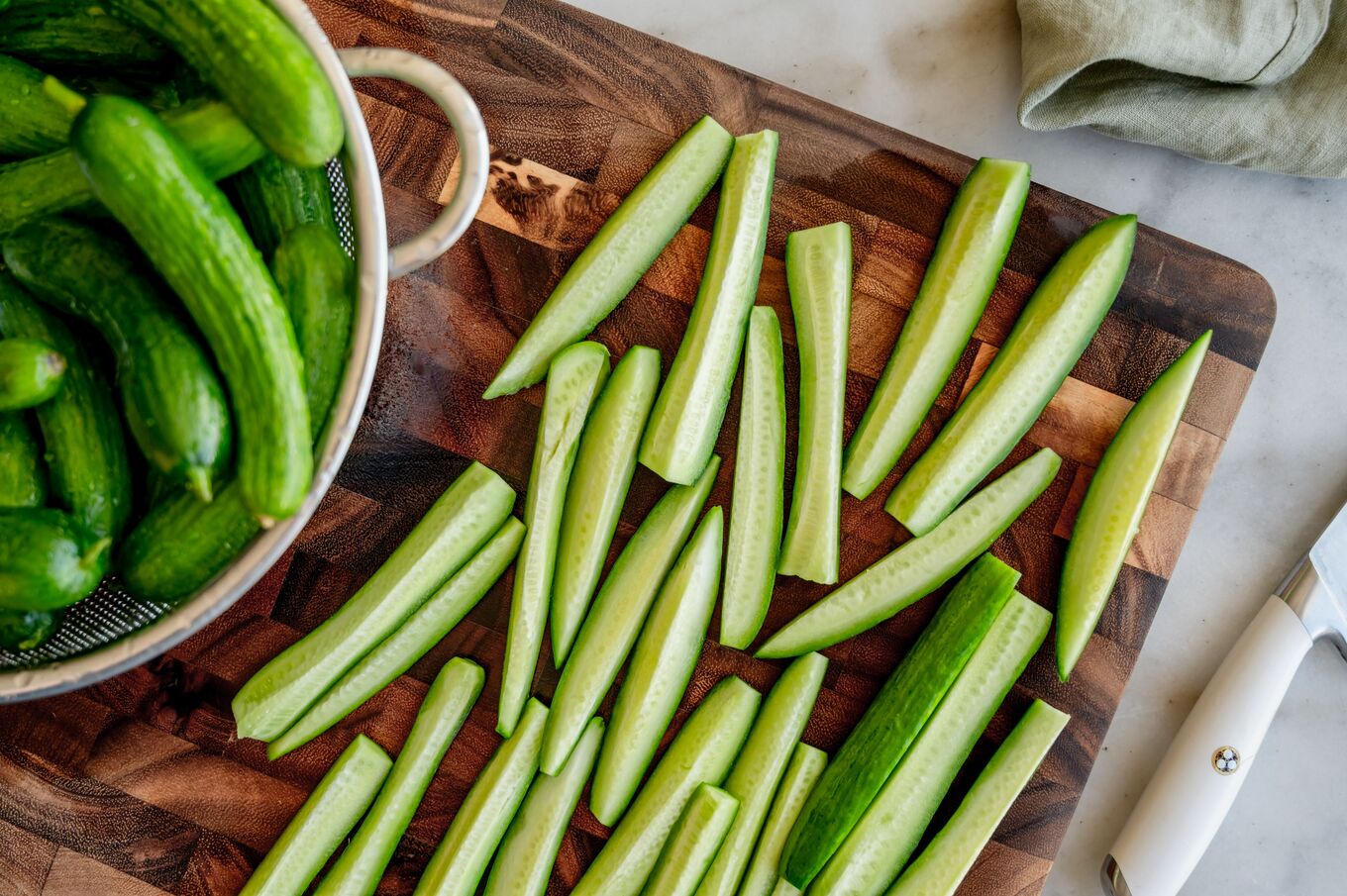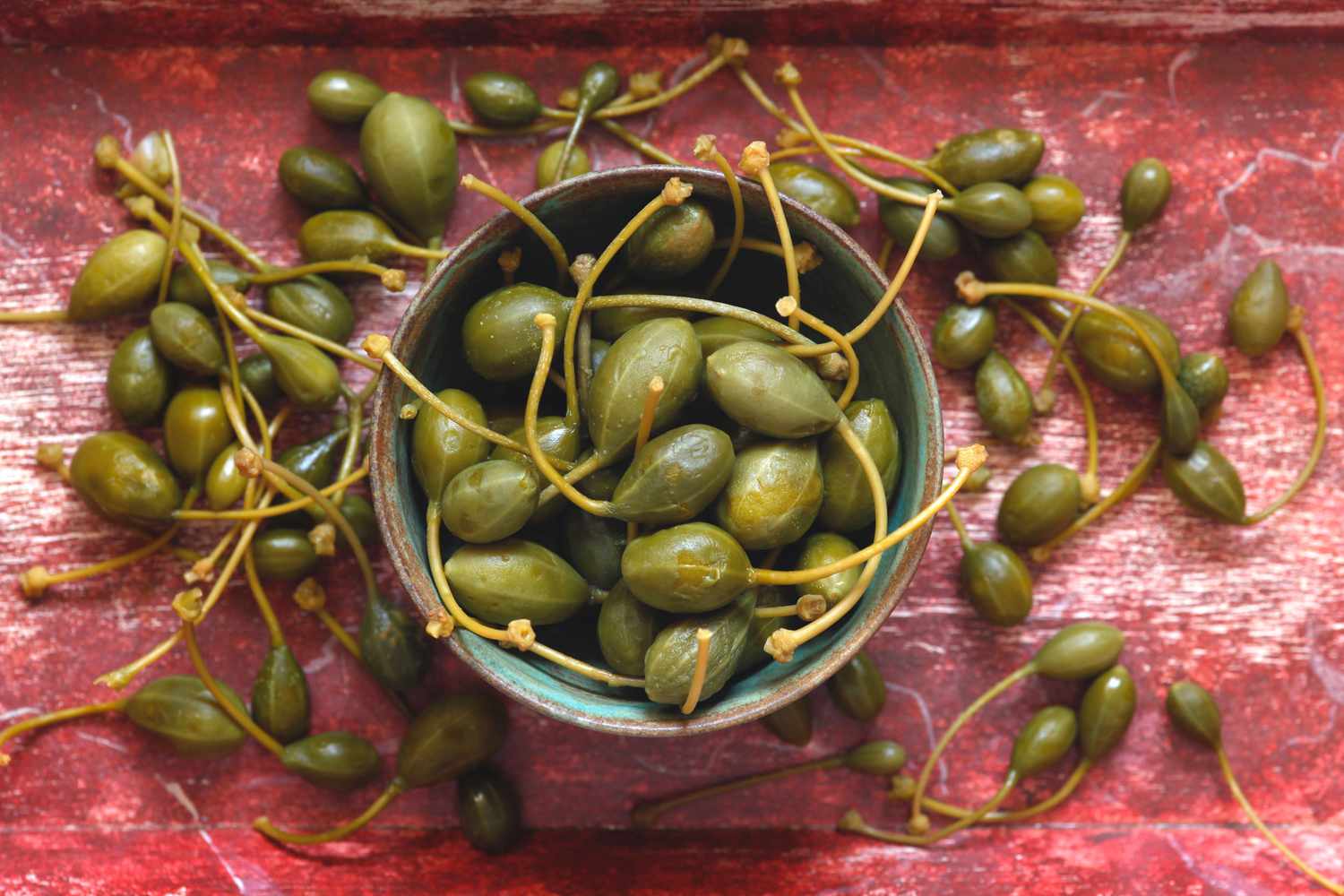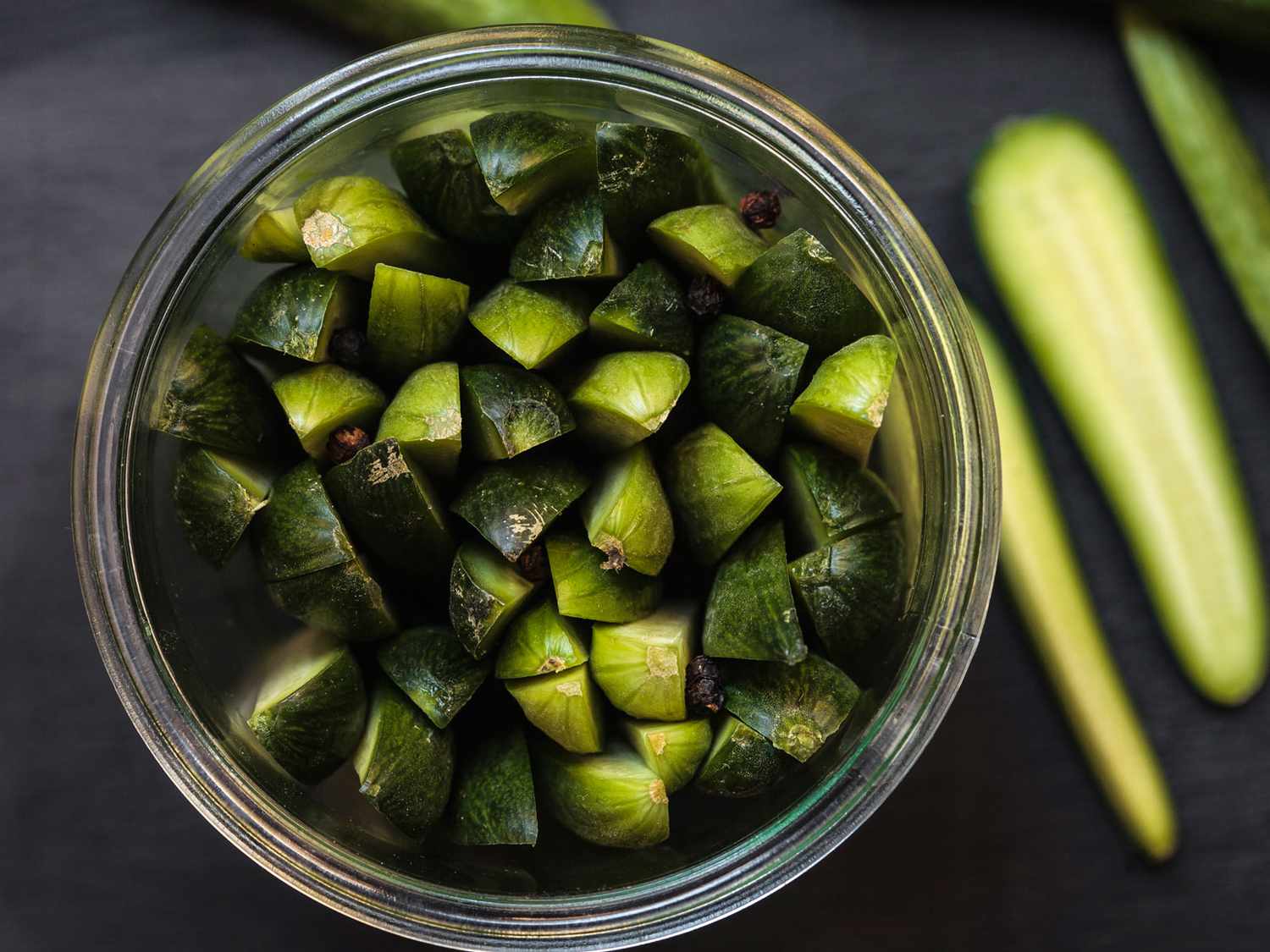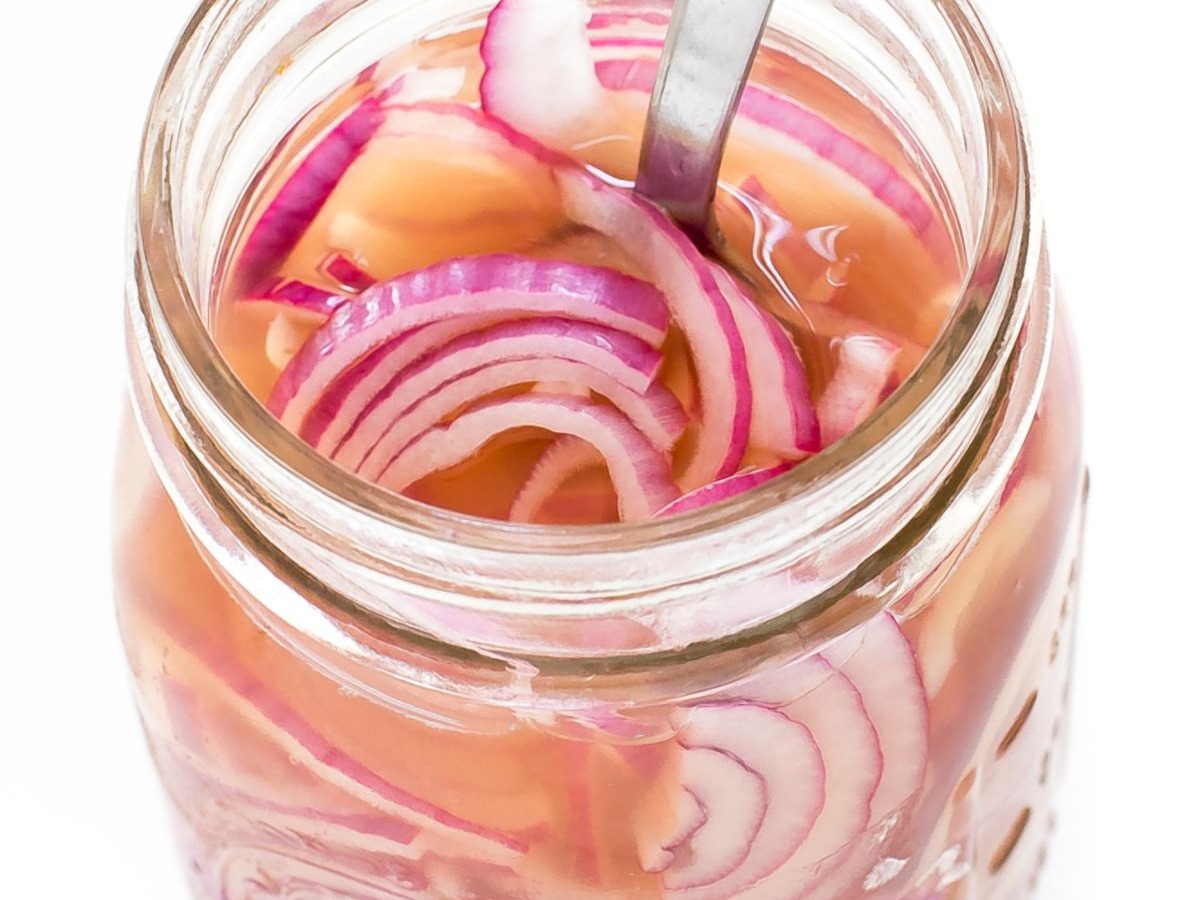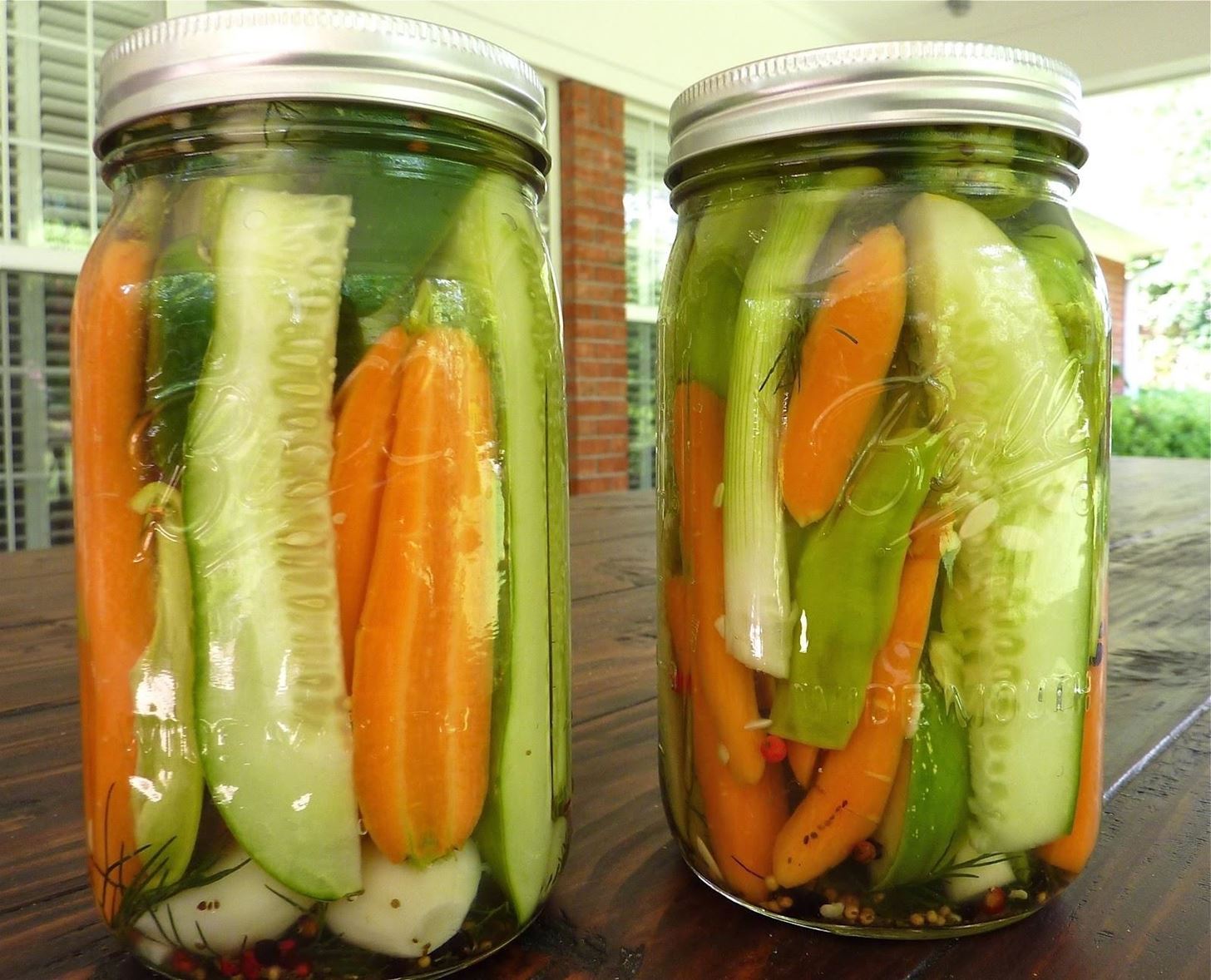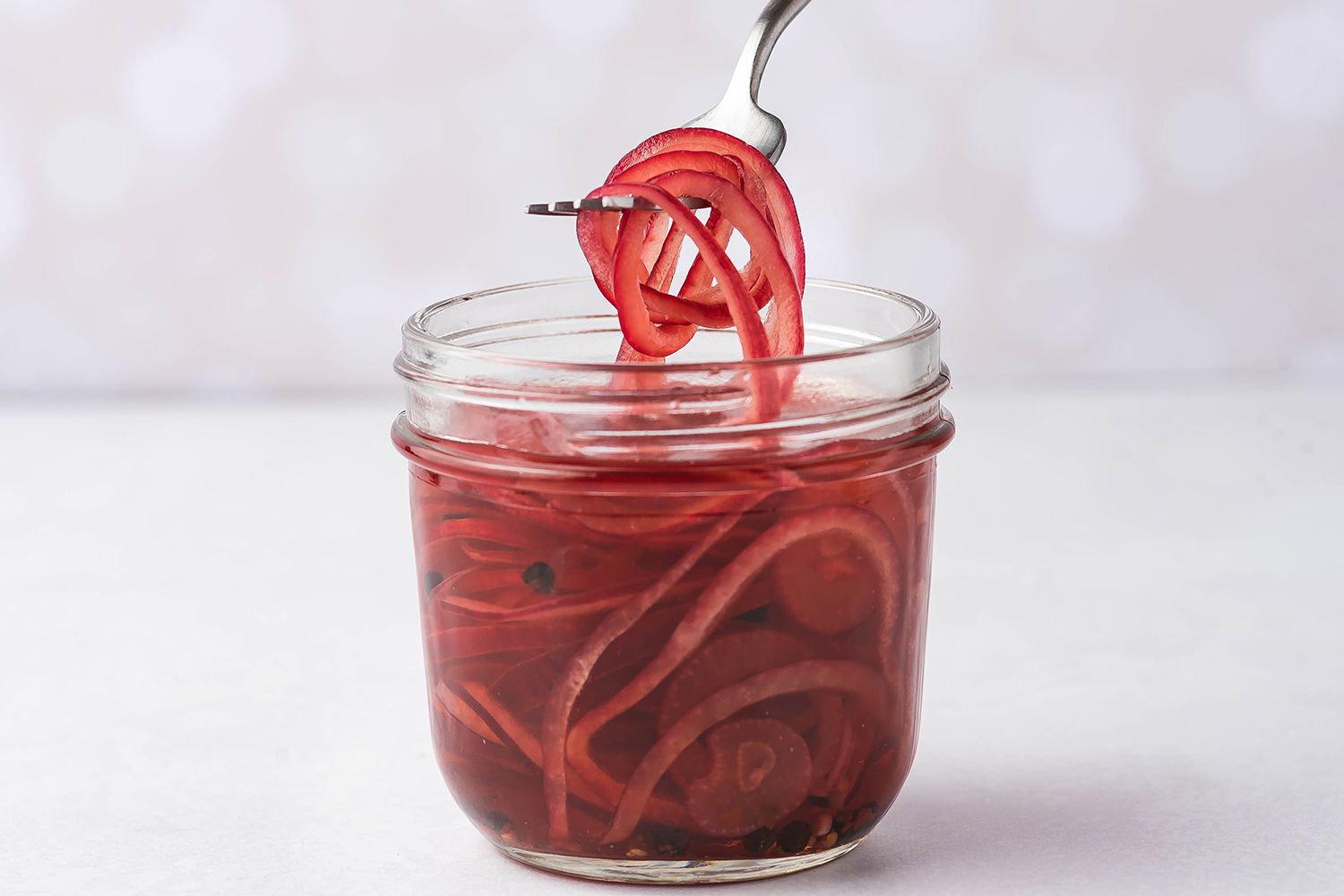How to Pickle Fish, Especially Salmon
If you’re a fan of seafood, you may have tried pickled herring or pickled mackerel, but have you ever considered pickling your own fish, especially salmon? Pickling fish is a great way to preserve its freshness and add a delicious tangy flavor. In this guide, we’ll walk you through the process of pickling fish, with a focus on pickling salmon.
Choosing the Right Fish
When it comes to pickling fish, it’s important to start with the freshest, highest quality fish you can find. For pickling, salmon is an excellent choice due to its firm texture and rich flavor. Look for wild-caught salmon if possible, as it tends to have a superior taste and texture compared to farm-raised salmon.
Preparing the Fish
Before you can pickle the fish, it needs to be properly prepared. Start by filleting the salmon and removing the skin. Then, cut the fish into small, bite-sized pieces. It’s important to use a sharp knife to ensure clean cuts and even-sized pieces, which will help the fish pickle evenly.
Creating the Pickling Solution
The key to successful fish pickling is the pickling solution. This typically consists of vinegar, water, salt, sugar, and a variety of spices and aromatics. For salmon, a simple pickling solution might include white vinegar, water, salt, sugar, peppercorns, and dill. You can adjust the flavors to suit your preferences, adding ingredients like mustard seeds, bay leaves, or garlic for extra depth of flavor.
- 1 cup white vinegar
- 1 cup water
- 2 tablespoons salt
- 2 tablespoons sugar
- 1 tablespoon whole peppercorns
- 2-3 sprigs of fresh dill
Pickling the Salmon
Once you’ve prepared the pickling solution, it’s time to add the salmon. Place the salmon pieces in a glass or ceramic dish, then pour the pickling solution over the fish, making sure it’s completely submerged. Cover the dish with plastic wrap and refrigerate for at least 24 hours to allow the flavors to develop and the fish to pickle properly.
Serving and Enjoying
After the pickling process is complete, your salmon will be ready to enjoy. Pickled salmon makes a delicious addition to a charcuterie board, a flavorful topping for crackers or bread, or a tasty addition to salads. The tangy, slightly acidic flavor of the pickled salmon pairs beautifully with creamy cheeses, crusty bread, and crisp, fresh vegetables.
Now that you know the basics of pickling fish, especially salmon, you can experiment with different flavors and ingredients to create your own custom pickled fish recipes. Whether you’re a seafood enthusiast or just looking for a new way to enjoy salmon, pickling is a fun and delicious preservation method to try at home.
So, why not give pickling fish, especially salmon, a try? You might just discover a new favorite way to enjoy this versatile and flavorful fish.
Was this page helpful?
Read Next: How To Pickle Fish Like Norwegians
